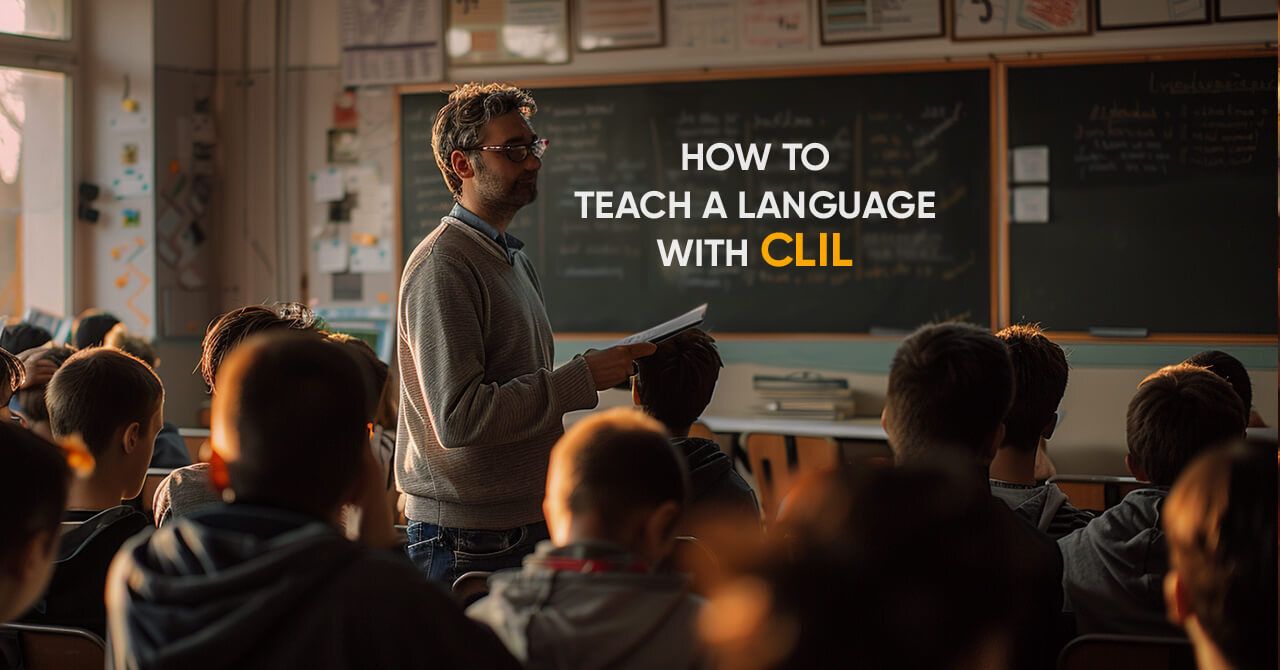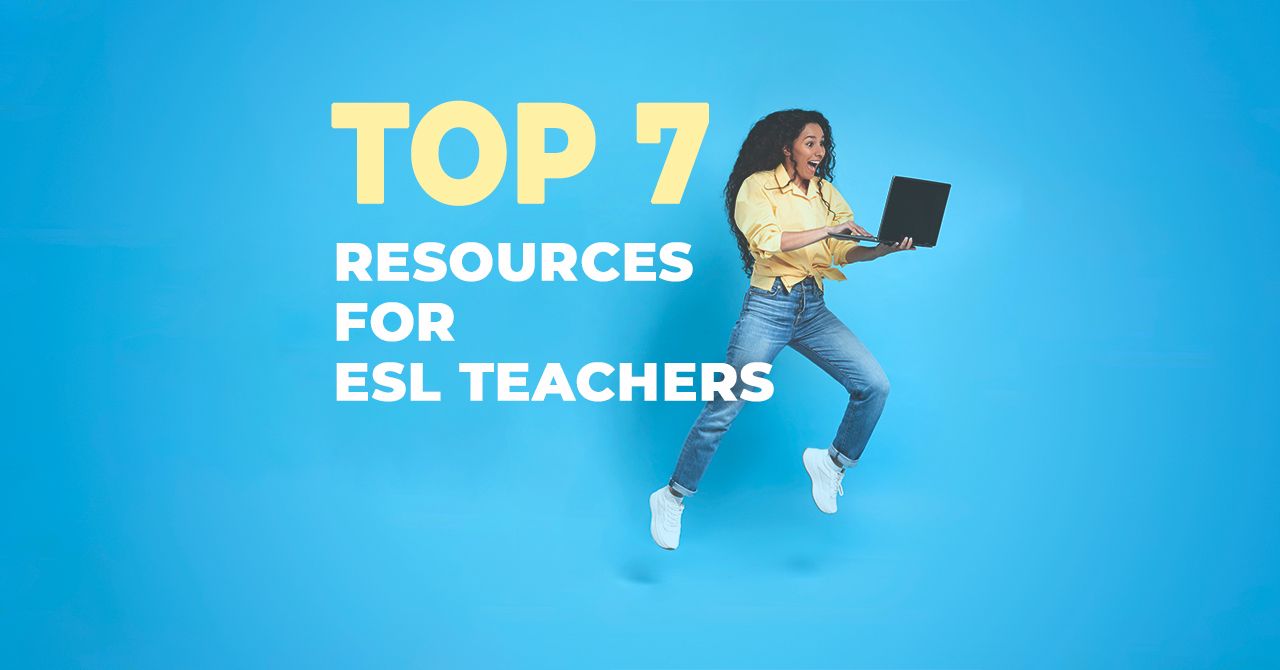
Unlocking Language Teaching With CLIL Online
I learned about this methodology (CLIL) when I was in 6th semester at University. It turned out to be a great experience. This is how I did it.
When the pandemic broke out, I had to make a shift to how I would handle my classes, which was to be online. At first, I was concerned about keeping students engaged. That is when I thought of trying CLIL (Content and language integrated learning) online, I learned about this methodology when I was in 6th semester at University. It turned out to be a great experience. This is how I did it.
I started with the topics my students were interested in. For example, my students loved speaking of food, so I did a lesson dedicated to Spanish cuisine. We talked about traditional dishes and even watched cooking shows in Spanish; we even tried to cook some recipes at home. This way, they learned new vocabulary related to food while having fun.
Online tools became my best friends. I used Kahoot! for quizzes to make learning playful. For example, after a lesson on Spanish festivals, I created a Kahoot! quiz about La Tomatina and Las Fallas. The competitive element made students more excited to participate.
One of the most significant differences came through videos and virtual tours. I still can remember our virtual visit to Prado Museum, Madrid. A virtual tour around famous paintings and discussed in Spanish. Not only did that help improve language skills, but it also increased art appreciation. It almost felt like a school outing from home.
The group project worked like a charm. I set my students to research different Spanish-speaking countries and have them present their findings. I had one research group present on Argentina, elaborating by making a video that described its culture, history, and main tourist destinations. This asked them to actively communicate in Spanish and carry out cooperative work, which should help in language ability and collective behavior.
I ensured to give feedback. After every project or quiz, I experienced excellent feedback. For example, when a student made a mistake during their presentation, I corrected the person gently and gave examples of how the word could be used correctly. This was good enough to learn through errors and improve.
I am Ariana, a dedicated Spanish teacher with a bachelor's degree in foreign languages and a C1 APTIS certificate.

